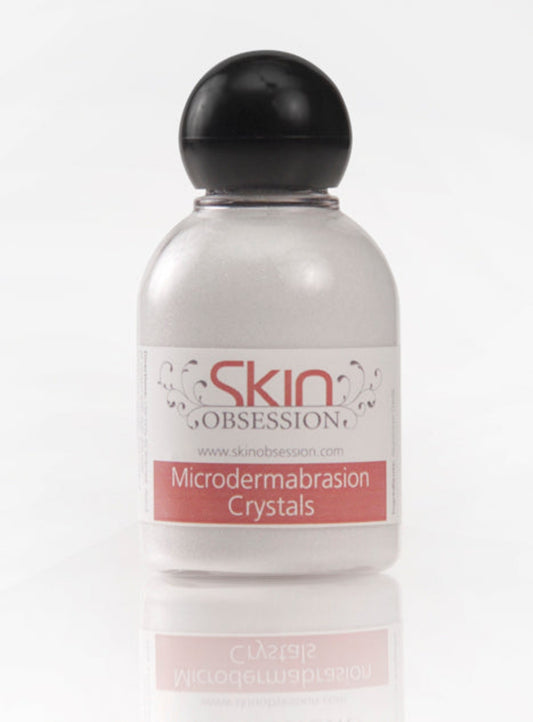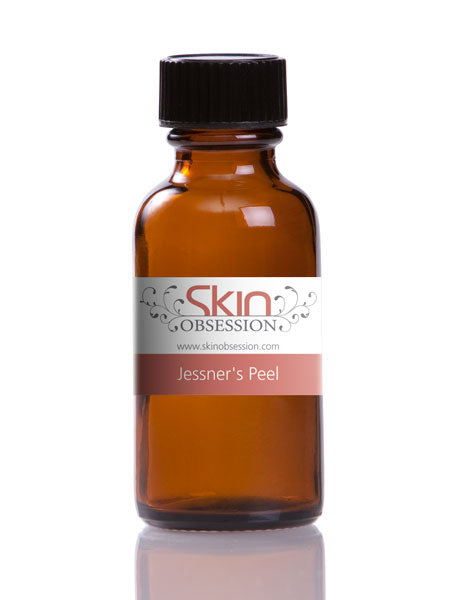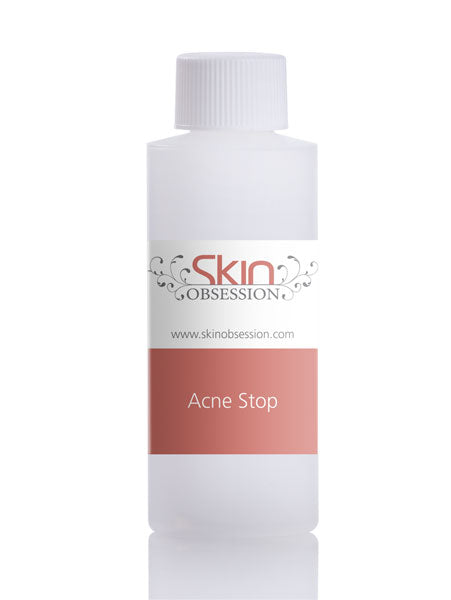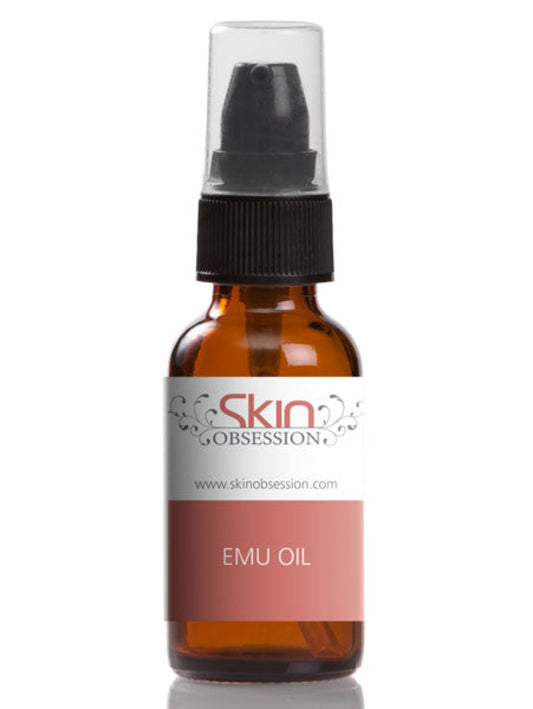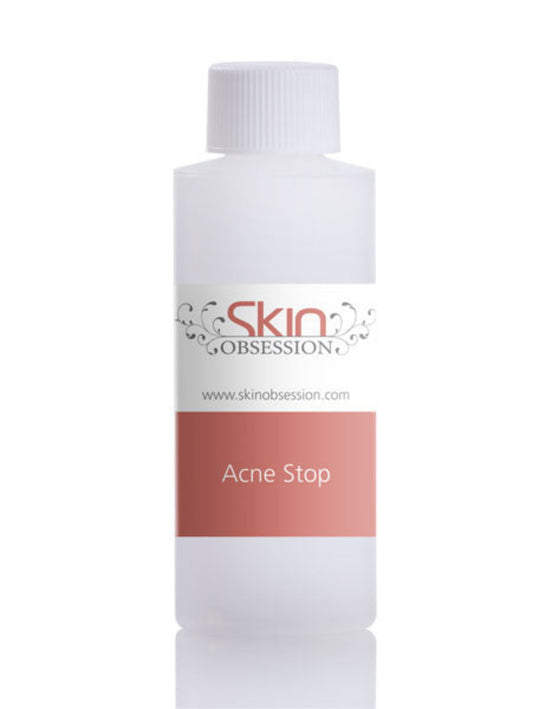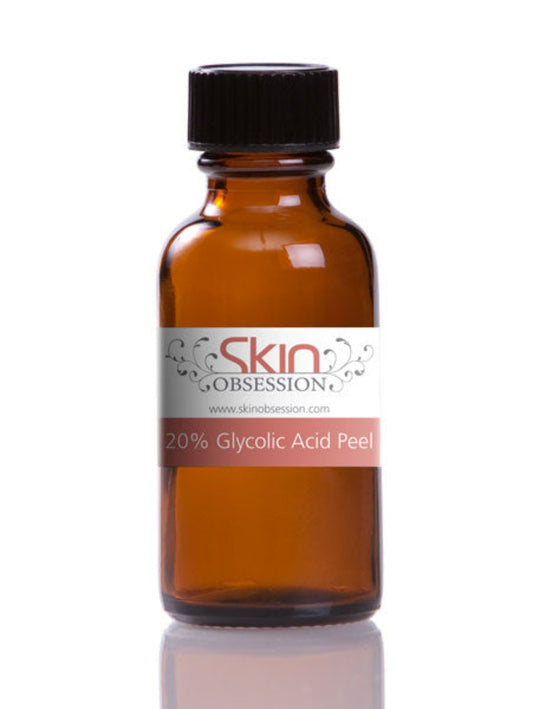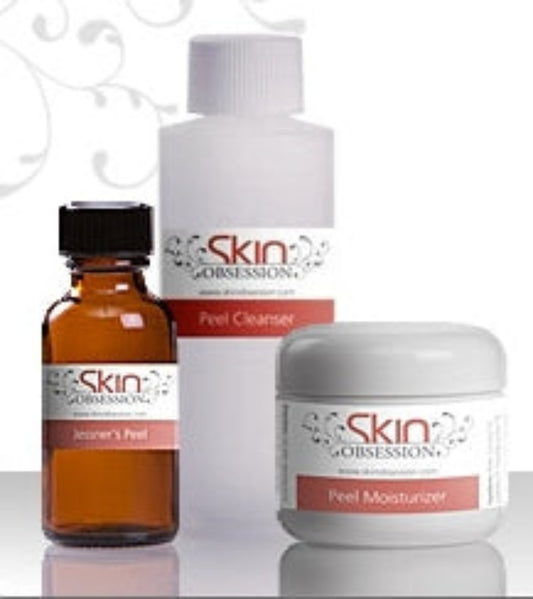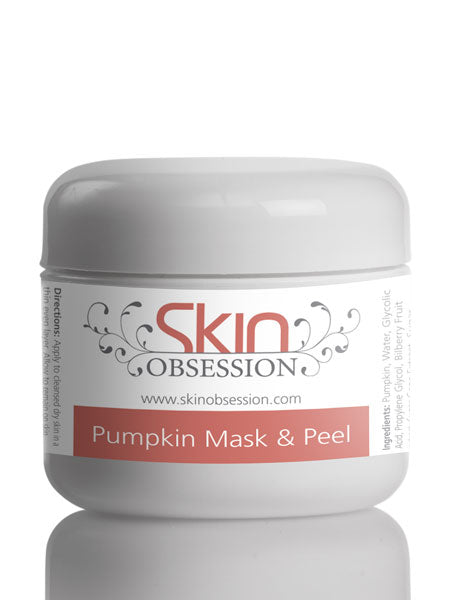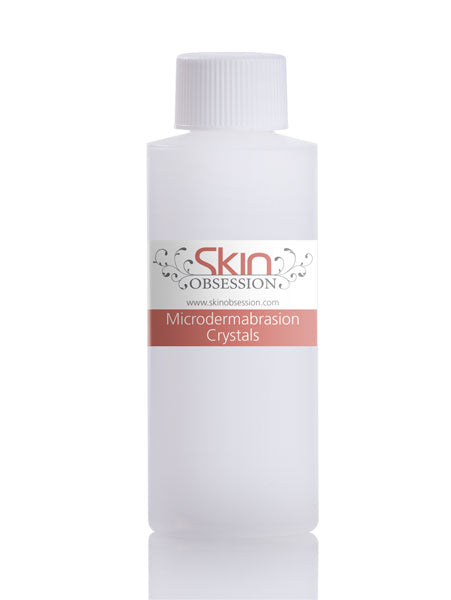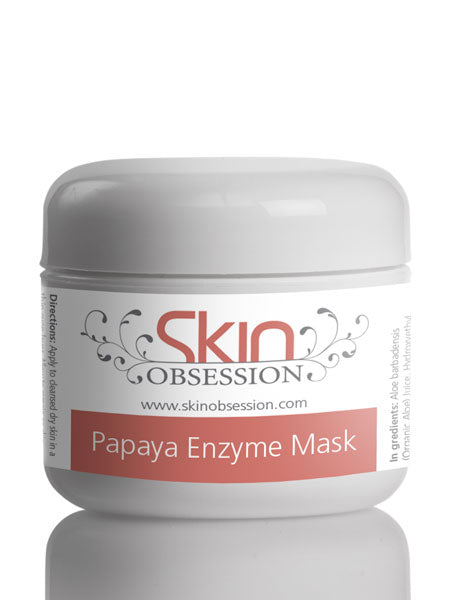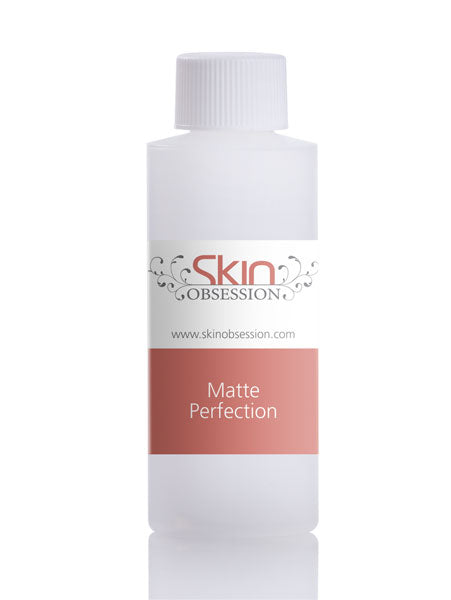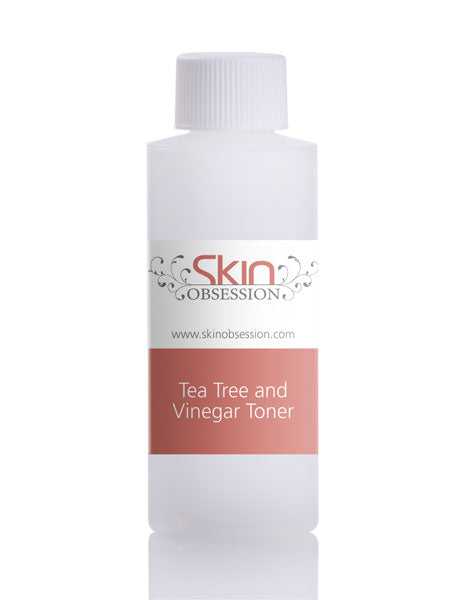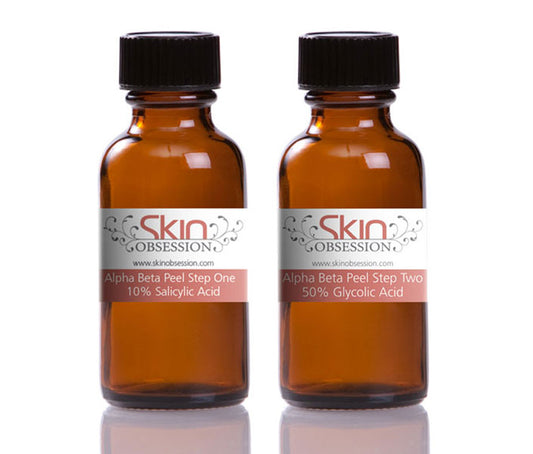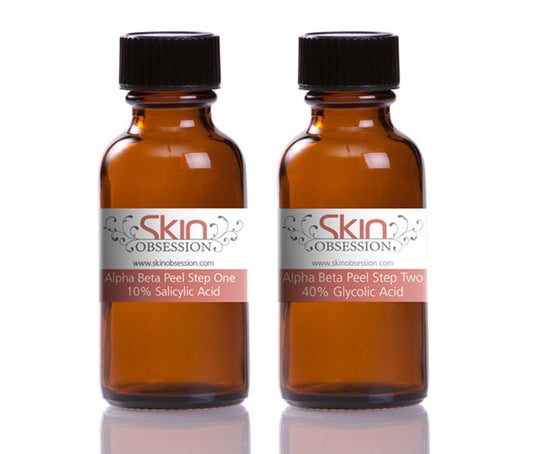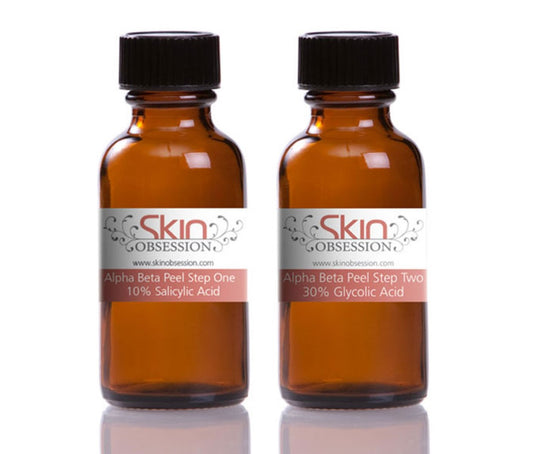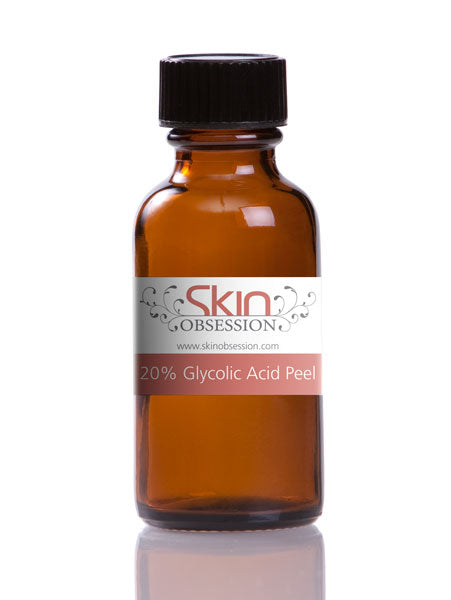Collection: Acne Skin Care Solutions for Clearer Skin
Acne Skin Care Solutions for Clearer Skin
Acne Skin Care Solutions are essential for anyone struggling with breakouts and blemishes. Understanding the right methods and products can significantly improve skin clarity and overall health. This guide will explore various treatments, tips, and routines to achieve the best results.
First and foremost, it's important to recognize that acne is not solely caused by poor hygiene; it results from multiple factors including hormonal changes, diet, and skin type. Therefore, effective Acne Skin Care Solutions require a comprehensive approach tailored to individual needs.
1. **Cleansing**: The foundation of any skin care routine is proper cleansing. Use a gentle, non-comedogenic cleanser that targets acne without stripping away essential oils. Ingredients like salicylic acid or benzoyl peroxide can further assist in reducing breakouts by allowing deep penetration into the pores.
2. **Exfoliation**: Regular exfoliation helps in removing dead skin cells that can clog pores and lead to acne. Chemical exfoliants, such as AHAs and BHAs, are highly effective and less abrasive than physical scrubs. Incorporate exfoliation into your routine 2-3 times a week for optimal results.
3. **Moisturizing**: Contrary to popular belief, oily skin still needs hydration. Look for oil-free, lightweight moisturizers that won't exacerbate acne while providing much-needed moisture. Ingredients like hyaluronic acid give hydration without clogging pores.
4. **Spot Treatments**: For persistent acne spots, localized treatments can offer fast relief. Products containing ingredients like tea tree oil or sulfur concentrate on individual pimples to reduce their appearance and speed up healing.
5. **Sunscreen**: Protecting your skin from UV damage is crucial, especially when using acne treatments that can increase sensitivity. Use a broad-spectrum sunscreen that is labeled as non-comedogenic to safeguard your skin.
6. **Diet and Lifestyle**: Often overlooked in Acne Skin Care Solutions, diet plays a crucial role in skin health. A balanced diet, rich in antioxidants and low in processed sugars, can significantly impact acne. Staying hydrated and incorporating foods high in vitamins A, C, and E can also contribute to clearer skin.
7. **Consultation**: If over-the-counter options aren't effective, it may be time to consult a dermatologist. Professional treatments such as chemical peels, laser therapy, or prescription medications can provide a more targeted approach to severe acne.
While crafting your acne care regimen, consistency is key. Results may take time, so patience is essential. Document your skin's responses to various products to determine what works best for you. With diligence and the right Acne Skin Care Solutions, clearer skin is within reach.
In conclusion, a multi-faceted approach to Acne Skin Care Solutions, including proper cleansing, exfoliation, moisturizing, and sun protection, alongside dietary considerations and professional advice when necessary, can lead to significantly improved skin health. By understanding your skin's unique needs and being persistent in your routine, you can achieve the clearer skin you've always desired.
-
2.5 oz Microdermabrasion Crystals for Skin Exfoliation
Regular price $19.99 USDRegular priceUnit price / per$49.99 USDSale price $19.99 USDSale -
Jessner's Peel Exfoliating Treatment for Smooth Skin
Regular price $41.99 USDRegular priceUnit price / per$149.99 USDSale price $41.99 USDSale -
Blemished Skin Solution: Exfoliate w Salicylic & Lactic Acid
Regular price $29.99 USDRegular priceUnit price / per$79.99 USDSale price $29.99 USDSale -
Emu Oil for Skin and Wellness Benefits
Regular price $23.99 USDRegular priceUnit price / per$79.99 USDSale price $23.99 USDSale -
Clear Skin Acne Treatment: Banish Blemishes Effectively
Regular price $21.99 USDRegular priceUnit price / per$69.99 USDSale price $21.99 USDSale -
Clear Acne Scars with 20% Glycolic Peel at Home
Regular price $22.99 USDRegular priceUnit price / per$69.99 USDSale price $22.99 USDSale -
Jessner's Peel Kit for Skin Renewal
Regular price $54.99 USDRegular priceUnit price / per -
Pumpkin Enzyme Glycolic Acid Mask Brightens Skin
Regular price $22.99 USDRegular priceUnit price / per -
Exfoliate with 8 oz Microdermabrasion Crystals
Regular price $45.99 USDRegular priceUnit price / per$105.99 USDSale price $45.99 USDSale -
Papaya Enzyme Mask for Smooth Radiant Skin
Regular price $21.99 USDRegular priceUnit price / per$49.99 USDSale price $21.99 USDSale -
Mattifying Primer for Flawless Skin Finish
Regular price $13.99 USDRegular priceUnit price / per$29.99 USDSale price $13.99 USDSale -
Tea Tree and Vinegar Toner for Acne Treatment
Regular price $19.99 USDRegular priceUnit price / per$39.99 USDSale price $19.99 USDSale -
Professional Alpha Beta Peel - Exfoliate & Renew
Regular price $47.99 USDRegular priceUnit price / per$169.99 USDSale price $47.99 USDSale -
40% Alpha Beta Peel for Expert Skin Renewal
Regular price $42.99 USDRegular priceUnit price / per -
Alpha Beta Peel Combo for Smooth, Radiant Skin
Regular price $39.99 USDRegular priceUnit price / per$95.99 USDSale price $39.99 USDSale -
Glycolic Acid Peel Kit for Radiant Skin
Regular price $32.99 USDRegular priceUnit price / per

